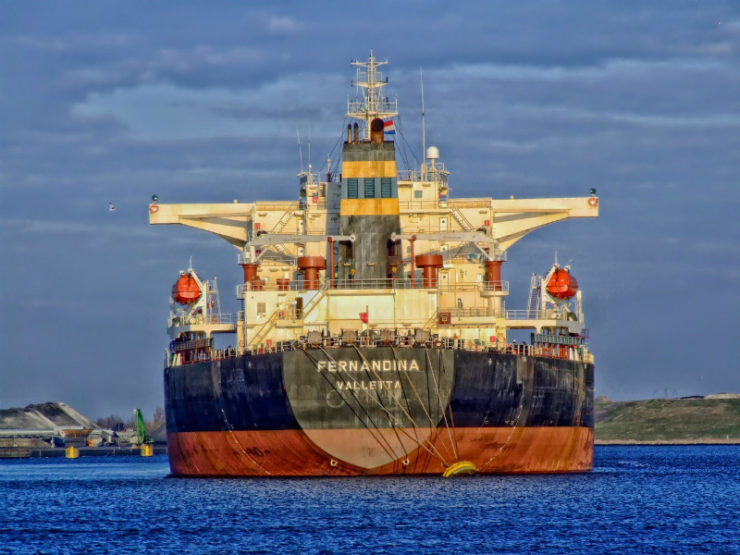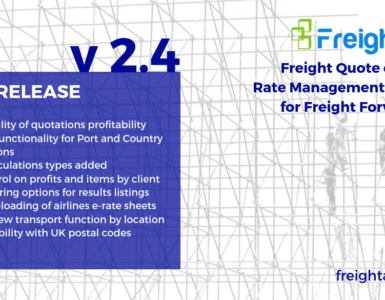The logistics sector and the freight forwarding area are in an uneasy situation at the moment. As the year 2017 progresses, we are faced with new shipping challenges worldwide that we must overcome. Some of these challenges are related to international relationships and large companies’ situations. Others have to do with workers and clients worries about the sector. Of these challenges and the global situation of the sector is what we want to talk about today.
Geopolitics and the relations between China and the United States of America.
The current president of the United States is betting on protectionist policies for his country. This bet results in a slowdown in the trend towards globalization that we have been seeing over the last few years. It remains to be seen how the bilateral relations between this country and the logistics giant that is China are evolving. Meanwhile, Europe has its own problems on this issue. Brexit may bring new tariffs and difficulties for freight forwarders wishing to operate in the UK. Only time will show the evolution of these issues.
The bankruptcy of South Korean giant Hanjin
In 2016 the whole logistics sector was stunned because of the fall of the seventh largest shipping company in the world, the South Korean Hanjin. Today, in 2017, the consequences of this fall are still noticeable. Not only are losses still being recorded and the company’s ships don’t carry out their routes. The biggest shipping challenge that the logistics industry will face in the later half of 2017 is distrust. Investors and clients believe that if Hanjin went bankrupt, almost anyone can too. Therefore they are cautious, unsure, and risk-averse.
Greater consolidation and mergers
Following the example of other sectors, some logistics giants begin to merge and buy small companies. In the second half of 2017 this trend will continue to increase, albeit at a slower pace than in other sectors, such as airlines. Right now 85% of the market is in the hands of the three big shipping giants: Maersk, CMA and MSC. This represents a shipping challenge for medium sized and small companies that are trying to break through.
Shipping challenges and high prices
The logistics sector is witnessing an increase in demand over supply that had not occurred in recent years. This increase in demand will cause carriers to keep their prices high. This shipping challenge will become most visible at peak season. At that time, carriers will give priority to customers who pay higher amounts. That will impact on smaller customers who require less freight space.
Negotiations with labour unions
Labour unions usually negotiate their terms about a year before their contracts expire. But this 2017 International Longshore and Warehouse Union (ILWU) is already starting to talk about its contract that does not expire until 2019. Workers and labour unions are worried about the smaller number of containers that arrive at ports. This may represent one of the shipping challenges of the year in that it may be necessary to compensate trade unions and workers at some point.




